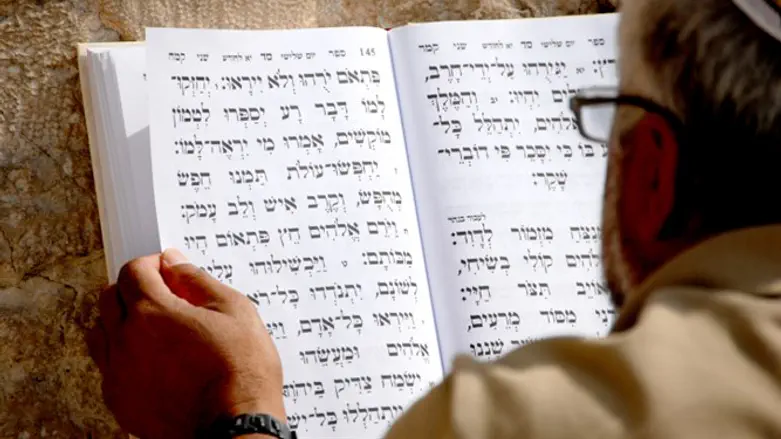
As communities around the world prepare for a High Holidays that will be defined by social distancing and in many cases limited prayer services, Ohr Torah Stone (OTS), an Israel-based network of educators and community leaders, has released customized prayer books intended to respond to those challenges.
With the disclaimer, “These Machzorim (High Holiday prayer books) are fit for use for Rosh Hashana and Yom Kippur 5781 (2020) only,” the texts have been condensed to focus specifically on the halakhic, spiritual and liturgical priorities of the prayer service.
"As spiritual and communal leaders, our constant responsibility is to ensure that we intertwine the needs of Jewish law in the current reality. Only when these two ideals walk together do we have a proper halakhic framework that we can offer the Jewish world,” explains Rabbi Yehoshua Grunstein, director of training and placement for OTS' worldwide emissary programs, who compiled the Machzorim together with OTS President and Rosh HaYeshiva Rabbi Dr. Kenneth Brander. “This year we have been challenged by a reality to ensure everyone’s safety under COVID-19, together with the hope of a meaningful, significant halakhic holiday service.”
Rabbi Grunstein stresses that the goal of the editors was to develop prayer books that shortened the overall service yet didn’t compromise on the core laws, traditions and themes of the day. "The understanding is that many people, particularly within the elderly and high-risk populations, will want to come to synagogue but will also need to limit the time and exposure they are in the company of others. Communities must adhere to local health regulations and limits on the number of congregants, how much time people may spend in close proximity, the discomforts of wearing a mask for long periods of time or sitting outside in extreme temperatures".
Rabbi Brander said that precedent exists in Jewish history for editing of texts in light of external dangers. “Throughout Jewish history and tradition, the prayer service of the high holidays has been defined by a desire to connect between the Jewish people and God,” he said. “But when circumstance makes this challenging, like in times of pandemic or in certain protocols adopted for our IDF soldiers, Jewish law demands from us to condense the service so as to prioritize health and safety while focusing on the core themes of the prayer service.”
The editors of the prayer books, which have been prepared in both Ashkenazi and Sephardi editions estimate that they have abridged the service to about 40% of the traditional service with an eye both on preserving all elements of normative Jewish law and without compromising on the spiritual and liturgical highlights.
“With our community back in Covid restrictions for an unknown period of time, these prayer books and the educational resource they represent are most welcome and greatly appreciated,” said Rabbi Ariel Tal of the Wellington Community Jewish Centre in New Zealand.
"Our sincere hope is that our children and grandchildren will be able to look back on this year and these days and remember it as a time where we faced a hidden enemy and were forced to adapt but never wavered in our commitment to the essence and meaning of the High Holidays,” says Rabbi Brander.
